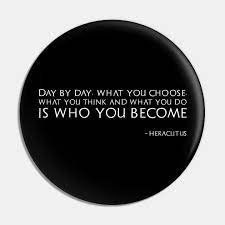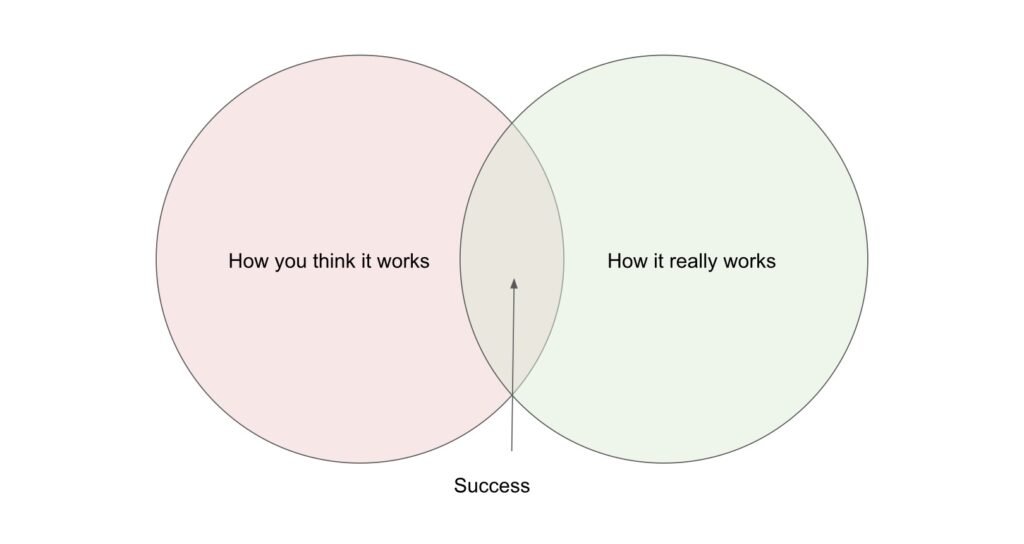how do you deal with chronic injury?
Welcome to today’s post!
I have a different take on injuries than most. The mind and body—unique Descartes believed, are inextricably linked. There has been a preponderance (more than enough) research to this day to show that, and I think we all can attest to that through our own experiences.
what in the heck is injury anyways?
How do you deal with chronic injury?
First, let’s define ‘injury.’
Webster’s dictionary defines an injury as a ‘hurt, damage, or loss sustained.’
I define injury as ‘a series of negative or misaligned conditioning that results in undesirable results/reality.’
For the sake of staying in flow, we goin’ with my definition (lol).
You see, to speak with the common parlance, an injury can be mental or physical and then become both…the root trigger/malfeasance is the key difference. Once it accrues, however, it spread to the Bodymind (all of you).
Mental chronic injuries include:
-self-doubt
-self-deprecation
-self-sabotage
-limiting beliefs about possibilities in the world around you
-Fear (yes, with a capital ‘F’, to signify that it can run you if you don’t burn it with your own insightful eyes)
Physical chronic injuries include:
-heart disease
-tendonosis of whatever joint (knee, shoulder, elbow, achilles, etc.)
-poor posture
-weak feet
-tight traps (a.k.a. the traps that blend in with the ears)
I see injuries as a result of “choosing less than you deserve” and I see chronic injuries as a result of “choosing less than you deserve over and over again,” until choosing less than you deserve has already become a habit.
I see injuries as a result of “choosing less than you deserve” and I see chronic injuries as a result of “choosing less than you deserve over and over again,” until choosing less than you deserve has already become a habit.
This means that injury prevention begins very deep in your physical and mental habits, and that to create both the internal conditions that will stave off injury as well as the mental beliefs that will generate wellness top-down requires deep thinking and hard work.
If you are ready to do the work, or even leaning in, continue with me, friend 👇🏻
credit: teepublic.com
The solution, then, to ALL CHRONIC INJURY is in what I call “unconditioning.”
When you stop doing cardio for a while, you recognize your lungs become less spacious and resilient.
When you stop lifting for a while, you recognize your muscles become softer and less powerful.
When you stop meditating for a while, you recognize that your mind becomes less peaceful and responsible.
how do you overcome injury?
Here is a reliable, repeatable step-wise process for unconditioning all chronic injury.
1. Notice what you’ve been doing.
To begin, you will need to notice the habits you’ve been agreeing to and participating in for so long. In the case of an acute injury, it might be just one thing you did differently one time (i.e. you rolled your ankle). But, in the cases of chronic injury, it is the thing or set of things you did differently many times until it became second nature (i.e. squatted with your head down 10,000 times).
How: keep a retrospective log (reflect on) what you’ve been doing in the following areas of your life (go as shallow or deep as you can):
-thinking
-eating
-drinking
-believing
-moving
That’s a good starter’s list. Message me if you’d like more.
2. Research the right way to do it for you.
Let me add context and poise to the word ‘right.’ There is not one right way to do nearly anything. Take the squat—everyone’s bones are shaped differently, limbs are different lengths, and previous training varies. A wider squat with toes out may be “right” for one lady while a narrow squat with toes forward may be “right” for another lady.
So when I say educate yourself on the right way to do it, I mean find the marriage of solid information from educators (what is true) and what feels good for you (what is true for you) and go with that. Like a Venn diagram.
This step requires some experimentation; how will you possibly know which way leads to your success without trying it out/on?
How: Draw and fill in the Venn diagram below as it applies to you and your habits in one of the areas shared in step #1. For example, if you chose eating, on the left “how you think it works” you might write ‘low carb, high protein, intermittent fasting.’ This is the stuff you’ve gathered will work for you based on your intellectual research from the experts. On the right “how it really works” you will write down what you notice actually works for you or how that plan might not help you thrive. For example, “needed a jolt of carbs pre-workout;” “felt really cognitively clear when I added in 2 tbsp of nut butter in the morning;” “coffee on an empty stomach makes me feel like shit, Dave Asprey.” This is the what really is section.
credit: jpmckay.com
3. Commit to what you’ve found in the center of the Venn diagram (‘success’) as a part of your commitment to becoming your best future self, in this moment.
The center of that Venn diagram is your habit gold mine. Keep tapping it for the GEMS that help you thrive (more on that in a future post 😉).
Let’s say you discover, for you, that the low-carb thing as it is put in Mark Sisson’s terms doesn’t jive with your hormonal waves, and that boost of carbs pre-workout really saves the day.
Let’s say you discover, for you, that the high-protein thing as Joe Rogan puts it doesn’t jive with your intestinal wellness, and that alternating high and low protein days in some undulating fashion (maybe 2 days higher, 1 day lower) has you ticking like a sun-run clock.
Let’s say you discover, for you, that intermittent fasting for 16 hours each day with an 8 hour eating window leads to overeating and severe discomfort in the 8 hours of free feeding, and meals spread throughout the day gives you a better, cleaner, more consistent energy buzz.
Here is where you abandon the authority bias—that the person in power’s methods, opinions, strategies, and advice are facts, and turn to your own inner expert. The evidence drawn from what works for you.
How: Start with one. Choose one of the items you find in the center of your Venn diagram of “Your Success,” and make it a daily habit.
sending you on your way
As Richard Rohr says in his book The Wisdom Pattern: “We are indeed ‘saved’ by knowing and surrendering to this universal pattern of reality. Knowing the full pattern allows us to let go of our first order, trust the disorder, and, sometimes even hardest of all—to trust the new reorder.” Order, chaos, reorder is the constant pattern of all of the Universe, all societies, and all people.
Overcoming and reconditioning yourself after/from injury requires deliberate, consistent work to re-shape your mental and physical ways of being in a very conscious way.
The process I’ve outlined—accompanied by practices for you, will help you unravel the pain and restriction you’ve been living with, and find freedom in that beautiful Bodymind of yours.





